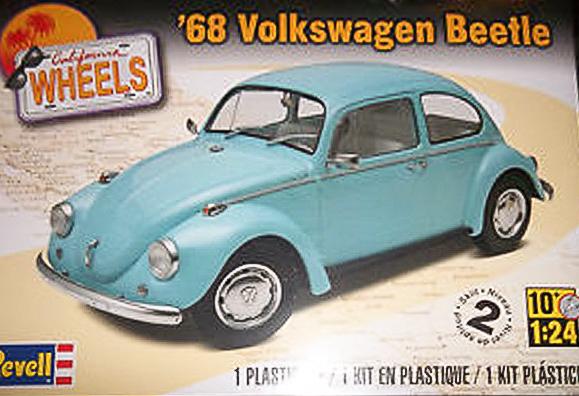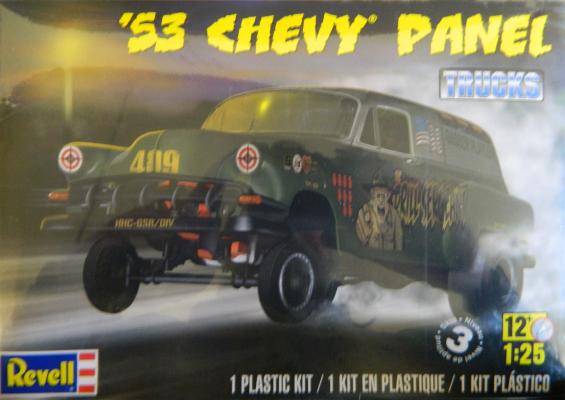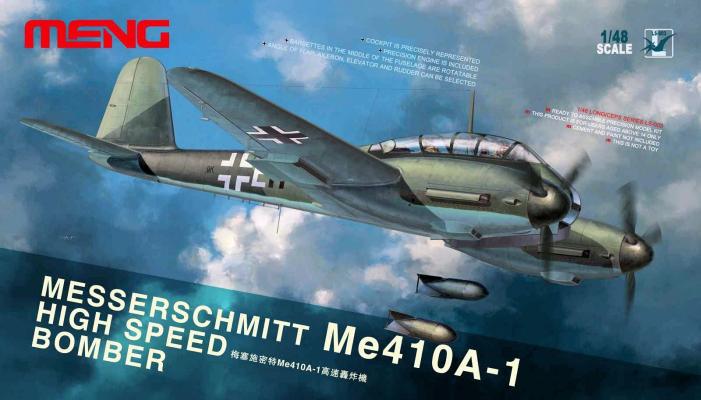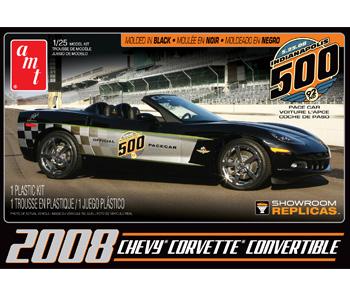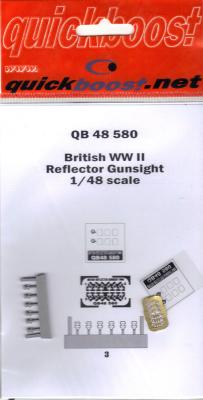The Volkswagen Beetle, officially called the Volkswagen Type 1 (or informally, the Volkswagen Bug), is an economy car produced by the German automaker Volkswagen (VW) from 1938 until 2003. The need for this kind of car, and its functional objectives, were formulated by Adolf Hitler, leader of Nazi Germany, wishing for a cheap, simple car to be mass-produced for the new road network of his country. He contracted Porsche in 1934 to design and build it to his exacting standards. Ferdinand Porsche and his team took until 1938 to finalize the design; one of the first rear-engine cars. With over 21 million manufactured (21,529,464 exactly) in an air-cooled, rear-engine, rear-wheel drive configuration, the Beetle is the longest-running and most-manufactured car of a single design platform, worldwide.
Welcome to the IPMS/USA Reviews site!
Introduction: The primary organization of the IPMS/USA Review website is by IPMS/USA National Contest Class. Within each Class there are sub-menus by kits, decals, books, etc. The Miscellaneous Class is for items that are not class specific or that cross two or more classes.
IPMS/USA Members: We encourage you to submit reviews, both here and to the Journal. To volunteer for membership in the IPMS/USA "Reviewers Corps" and submit your own reviews, please read the Guidelines For Submitting Product Reviews.
Manufacturers, publishers, and other industry members: IPMS/USA is pleased to offer your company the opportunity for product reviews. All product reviews are performed by IPMS/USA members, and are posted in the publicly-accessible section of our website. With very few exceptions, we perform full build reviews of new kit releases, aftermarket products, and supplies. If you would care to provide product samples for review, please contact John Noack, IPMS/USA 1st VP.
To learn more about IPMS/USA, please see our About Us page.
Engine
The kits Chevy 409 can be built with either dual quads or blown. There is flash on the engine parts and after it has been removed, the engine fits together fairly well. Detail of the engine parts is defiantly showing its age.
Chassis
The chassis frame rails are separate from the chassis, which can make for further detailing easier. The exhaust system, front & rear suspension are also separate pieces. With a little grinding and relocation of the spindles, the front end can be brought down. The kit also provides a straight tube axle with leaf springs for building a gasser.
Interior
The interior is a bit on the sparse side so I opted to swap out the kit seats with a pair of resin aftermarket parts. The door panels are fairly well engraved.
The Me-410 was a German heavy fighter/bomber used by the Luftwaffe during WWII. It was one of the very few bombers that could outrun Allied interceptors and bomb Britain. it was also utilized as an interceptor due to it's speed.
To start things off, Meng has done a superb job concerning detail and quality of this kit.
The kit is comprised of 289 pieces. Each sprue is individually wrapped, as are the photo-etched and clear parts. The big surprise to me was that there is zero "flash" on any of the parts. Well done Meng!
The build went smoothly, and the fit of all parts was relatively precise. I used almost no filler during the build, which I'm very pleased with!
This is a 1/25 un-assembled promo. The kit contains 40 pieces molded in clear, and black, seats are molded in black vinyl. This is an official Indianapolis 500 licensed product and includes an Indy 500 sticker and 5x7 picture of the car. This model is part of Round 2’s Showroom Replica series
History and Research
The Chevrolet Corvette has become a familiar star at the annual running of the Indianapolis 500. The subject model of this review is the 2008 version of the Corvette or “C6” model. It was the 10th Corvette chosen to pace the annual May Indy 500 race. The 2008 Pace car celebrated the 30 year anniversary of the first Corvette to pace Indy. This 2008 model was styled after the 1978 (C3 model), complete with black over silver.
There are components for six gun sights. Each gun sight consists of 4 parts, two metal brackets, the clear reflector, and the gun sight base. The gun sight base is a single piece, molded in gray plastic. The two metal brackets are photo etched, and are identified as Part 1 and Part 2. These PE parts do not require any bending or forming. Just clip a Part 1 and a Part 2 from the PE sheet and attach them to the plastic gun sight base as depicted on the QB instructions. The gun sight base is identified as Part 3 on the plans.











